How to choose a soil for begonias?
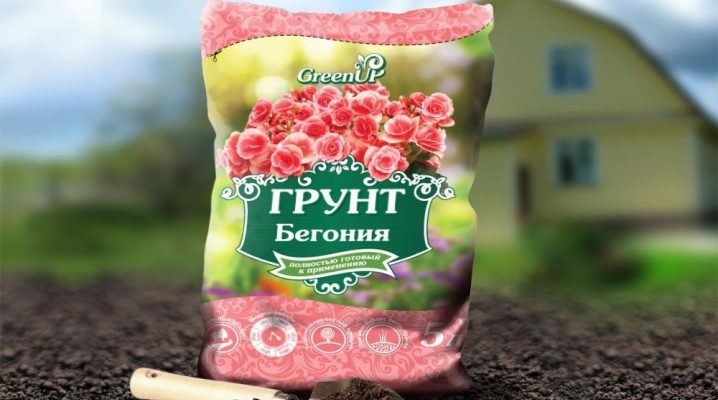
Begonia is a popular houseplant with about 1,000 varieties and twice as many hybrids. It does not require complex maintenance and has high decorative qualities. In nature, begonia is widespread in tropical humid forests and highlands. Most often it can be found in places with a suitable climate, among them - India, Sri Lanka, South America and the Eastern Himalayas.
Taking into account the habitat in which the wild plant feels comfortable, you can easily figure out how to choose the right soil for your home begonia.

What role does the right soil play?
Despite the unpretentiousness of begonias, the composition of the soil and its structure play a decisive role in the well-being of the plant. From the soil, the root system delivers nutrients to the leaves and flowers. If it does not contain enough trace elements, the plant will lose its decorative properties - the flowers will fade, and the leaves will change color. In addition, begonia will become vulnerable to diseases such as gray mold and bacterial mottling. If emergency measures are not taken in this situation, the begonia will die.
The pH level plays an important role in the proper development of the plant. With excessive acidity of the soil, the substances necessary for proper development are less assimilated and the growth of roots slows down. Begonia is naturally characterized by a weak root system, so it is easier for it to survive an insufficient acidity level than an increased one. This is also explained by the fact that the roots of the plant are able to emit carbon dioxide, naturally raising the pH to the desired level.
The composition of the soil for different types of begonias may differ. So, for its blooming form, ingredients are needed that contribute to the formation of buds and prolonged flowering, and for a decorative leafy one, elements are needed that provoke the growth of green mass.

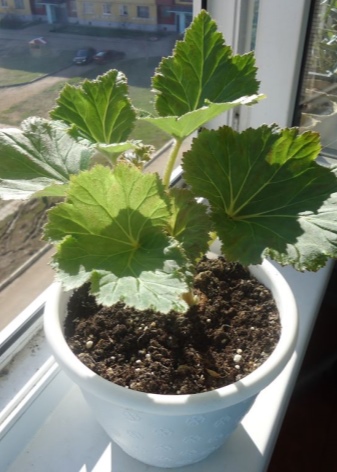
In what soil will the plant feel comfortable?
Loose soil, which provides sufficient air permeability and does not retain excess liquid, is an ideal environment for the development of begonia roots. The acidity of the soil should be low or neutral, the recommended pH is 5.5-6.5. All types of begonias love soil rich in trace elements and organic matter.
A moderate amount of peat in the soil will have a beneficial effect on the condition of the plant - it serves as a source of nitrogen, improves the structure of the soil, and helps the absorption of nutrients. However, an excess of peat can increase the acidity index, so it is used in small quantities. So, the ideal soil for begonia should have the following qualities:
- contain enough essential trace elements;
- have a loose and light structure;
- do not retain moisture;
- have an optimal acidic environment.
Since begonia roots quickly absorb the required amount of moisture, a drainage layer must be placed at the bottom of the flower pot.
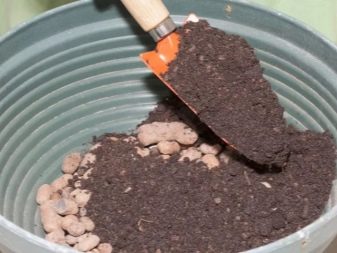
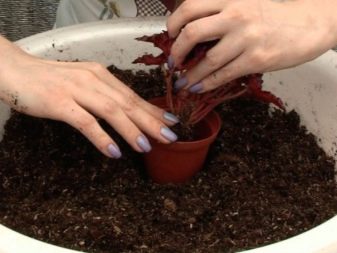
Suitable soil composition for begonia
Soil for room begonia without fail must contain the following elements:
- nitrogen;
- iron;
- potassium;
- magnesium;
- phosphorus;
- calcium.
With a lack of nutrition in the plant, the castings brighten and turn yellow, it stops blooming, the buds fall off, yellow dots appear on mature leaves.To provide begonias with nutrients, you need to purchase a special fertilizer, which can be easily found in a specialized store.
Flowering forms especially need feeding, since flowering takes a lot of energy from the plant.

Excess fertilization can also adversely affect the condition of the flower. With an excessive amount of trace elements in the soil, the leaves acquire a dark green color, curl, the stems thicken and rot. If you have reason to believe that the plant has received an excessive amount of fertilizer, there are two ways to solve this problem. In case of a slight overdose, it is necessary to remove the pot from the pallet and water it abundantly over the sink - so that water flows through the drainage holes. Otherwise, a transplant should be carried out with a complete replacement of the soil.
DIY begonia soil
To provide the plant with comfortable conditions, the easiest way is to purchase a ready-made store substrate. As a rule, it is called “For begonias”. Its advantages are that all the necessary ingredients are already mixed in the right proportions, the soil does not contain parasites and pests. If, for a number of reasons, it is impossible to purchase a special substrate, you can prepare it yourself.
Depending on the type of plant and the degree of its maturity, there are several options for the optimal soil mixture:
- when planting cuttings and young shoots, a mixture of sand and peat is used in a 1: 1 ratio;
- for sprouting tubers, the best option would be a mixture of sod land, humus and sand in a ratio of 1: 1: 2;
- mature plants are suitable for soil of peat, sand and turf, mixed in equal amounts;
- flowering forms of begonias will feel great in the soil from turf, humus and peat in a ratio of 1: 2: 2.

You can get sod land in a meadow area overgrown with young grass. To do this, you need to remove the top layer of soil and collect the required amount of soil under it. Any kind of self-prepared soil requires disinfection in a convenient way for you:
- calcining in an oven at a temperature of 180 degrees;
- freezing for several weeks;
- processing with a weak solution of potassium permanganate;
- spilling with boiling water.
Neglect of disinfection can threaten the plant with the development of diseases and parasites.
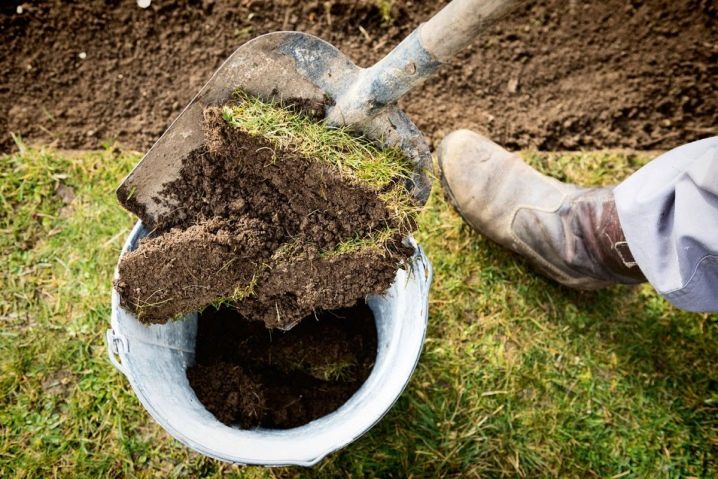
Step-by-step instructions for transplanting begonia
To transplant, you will need a new larger pot, gloves, a basin of water, ready-made substrate, charcoal and drainage. The process is not difficult and consists of several stages.
- On the day of transplant, pre-water the begonia.
- Gently remove the plant from the pot, holding the base of the stem.
- Place it in a bowl of water. If necessary, remove old soil from the roots.
- Fill the transplant pot 1/3 with a drainage layer.
- Sprinkle the drain with charcoal to protect it from rot.
- Pour a layer of soil on top - about 2 cm.
- Examine the roots of the plant and, if necessary, remove damaged and rotten ones.
- Place begonia in a pot and sprinkle with earth to the base of the stem.
- Water abundantly.
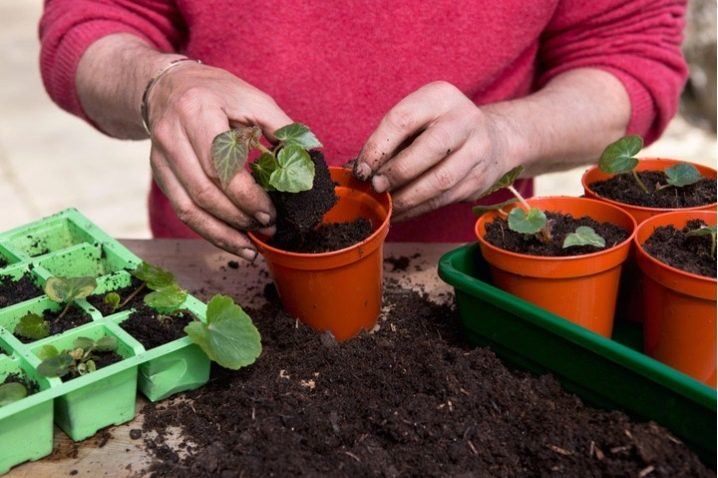
The plant may need to be repotted if the roots have completely filled the flowerpot. In this case, you should not choose too large a pot for transplanting, it should be only a few centimeters in diameter more.
Sometimes a transplant procedure is required due to root disease or poor soil quality. In this case, special attention must be paid to the removal of the old substrate. And in case of illness, before planting, the roots must be additionally treated with a weak solution of potassium permanganate.
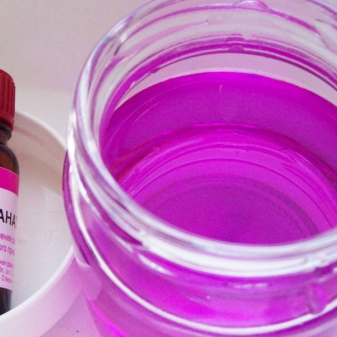
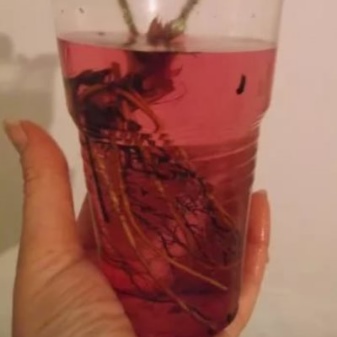
Summing up, there are several main points that should be considered when choosing a soil for begonias:
- the plant does not tolerate increased soil acidity;
- the substrate should be light and loose;
- the soil must contain the necessary trace elements;
- you can prepare the soil mixture for begonia yourself.
See the video below about the soil for begonias.































The comment was sent successfully.